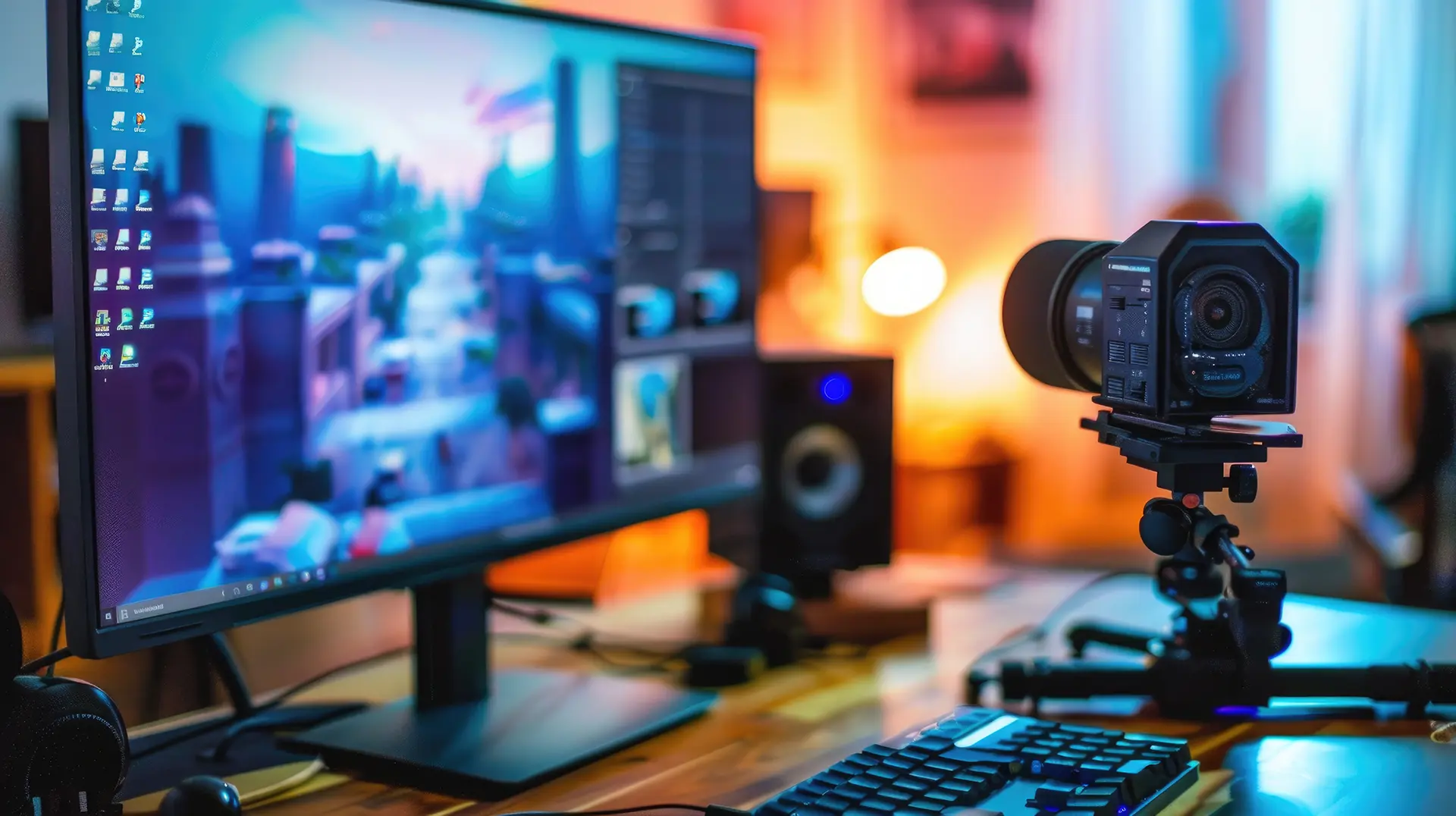Table of contents
- Introduction to security in video conferencing systems
- Common vulnerabilities in video conferencing systems
- Security measures for video conferencing
- Training and security
- Training methods
- Responsibilities of employers
- Best Practices and Platform Choices
Introduction to security in video conferencing systems
The growing use of video conferencing platforms has highlighted the importance of ensuring their security. Every day, millions of live streaming sessions are conducted worldwide, including online meetings, training courses, live events, and more. These tools are widely used for distance learning, training activities, and even mandatory health and safety training. Therefore, security in video conferencing systems has become a crucial issue. To ensure data protection and confidentiality, it is essential to adopt effective security measures.
Common vulnerabilities in video conferencing systems
Video conferencing platforms can present various vulnerabilities if not adequately protected. Some of the main security issues include:
- Unauthorized access
Intruders can access virtual meetings that are not protected by passwords or have easily obtainable credentials.
- Interception
Without proper encryption, communications can be intercepted by malicious actors.
- Unauthorized data sharing
Documents and information shared during video conferences can end up in the wrong hands if appropriate restrictions are not in place.

Security measures for video conferencing
To enhance security in video conferencing systems, it is essential to adopt a series of preventive and corrective measures. Here are some of the main practices:
- Encryption
Use platforms that offer end-to-end encryption to ensure that only authorized participants can decode communications.
- Two-factor authentication
Implement two-factor authentication to reduce the risk of unauthorized access.
- Security settings configuration
Customize the platform’s security settings to limit access and control who can share content.
- Regular software updates
Keep the video conferencing platform software updated to protect against new vulnerabilities.
- Staff training
Offer training courses to employees to teach them the best security practices.
Training and security
Distance learning through video conferencing has made it possible to conduct training and education without the need for physical presence. To ensure that mandatory health and safety training can be delivered securely, follow these tips:
- Verify participants’ identity
Ensure that only authorized users can access virtual classrooms.
- Record sessions
Record training sessions to verify attendance and compliance.
- Use secure platforms
Choose video conferencing platforms known for their reliability and security.
Training methods
Training can be delivered both remotely through video conferencing and in person. Companies must decide which methodology is most appropriate based on specific training needs.
Example:
Synchronous video conferencing can be ideal for theoretical lessons, while practical activities may require in-person training or testing. The synchronous mode, except for practical tests that must be conducted in person, can ensure effective and safe training.
Responsibilities of employers
Employers have the responsibility to ensure that distance learning through video conferencing is secure and compliant with current regulations. They must ensure that the platforms used are secure, that sensitive information is protected, and that participants are trained on security practices.
Best practices and platform choices
Security in video conferencing systems is essential to protect communications and sensitive data. For many companies offering distance learning courses, this topic is highly sensitive. By implementing effective security measures and providing adequate training, it is possible to ensure that video conferences are secure. Choosing the right video conferencing platform and correctly configuring security settings are crucial steps to achieve this goal.
FAQ
- What are the main vulnerabilities of video conferencing systems?
The main vulnerabilities include:
- Unauthorized access,
- Interception of communications,
- Unauthorized data sharing.
These issues can be mitigated through:
- The use of encryption,
- Two-factor authentication,
- Regular software updates.
- How can I protect a video conference from unauthorized access?
It is advisable to use strong passwords, enable two-factor authentication, and configure the platform’s security settings to limit access to authorized users only.
- What is the role of encryption in video conferences?
Encryption ensures that communications are readable only by authorized participants, protecting transmitted data from interception and unauthorized access. It is essential to use platforms that offer end-to-end encryption.
- How can I ensure the security of data shared during a video conference?
The security of shared data can be ensured by using platforms that offer:
- Access control features,
- Data encryption,
- Options to limit file sharing to authorized participants only.
- How does staff training help improve the security of video conferences?
Staff training is essential to inform employees about best security practices, reducing the risk of human errors that could compromise the security of video conferences.
- Which video conferencing platforms are considered secure?
Platforms like Zoom, Microsoft Teams, Cisco Webex, and Google Meet are considered secure. However, it is important to use these platforms following best security practices, such as using encryption and multi-factor authentication.
- Is it possible to record video conference sessions?
Yes, many platforms offer the possibility to record video conference sessions. Recording can be useful to verify attendance and compliance. However, it is equally important to protect recordings with adequate security measures.
- How can I ensure that only authorized users can access virtual classrooms?
Some suggestions include:
- Using multi-factor authentication,
- Sending personal invitations,
- Configuring security settings to require host approval before granting access.
- What are the differences between in-person training and distance learning through video conferencing?
In-person training offers direct and practical interactions, while distance learning through video conferencing is more flexible and accessible. However, some practical activities may require in-person training or testing.
- What should employers do to ensure the security of video conferences?
Employers should:
- Choose secure platforms,
- Configure security settings correctly,
- Provide training to staff on best security practices,
- Ensure compliance with data protection regulations.
